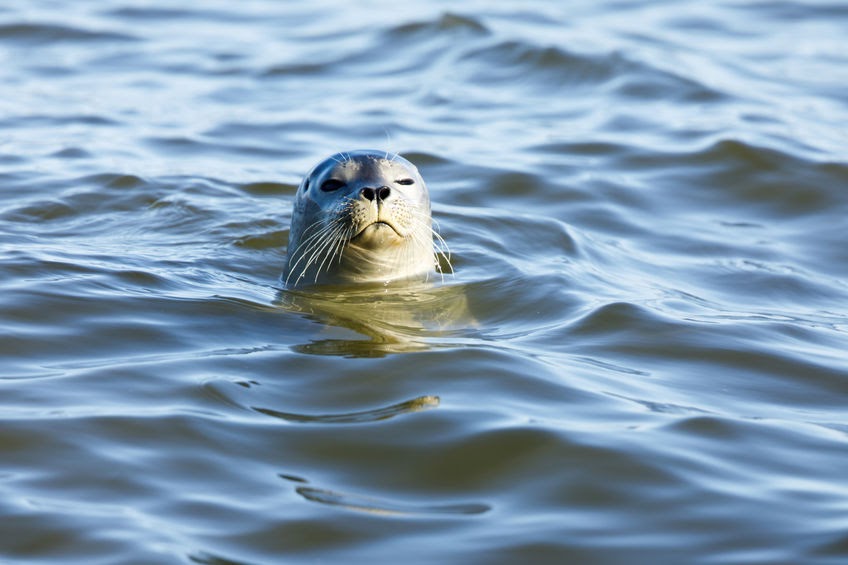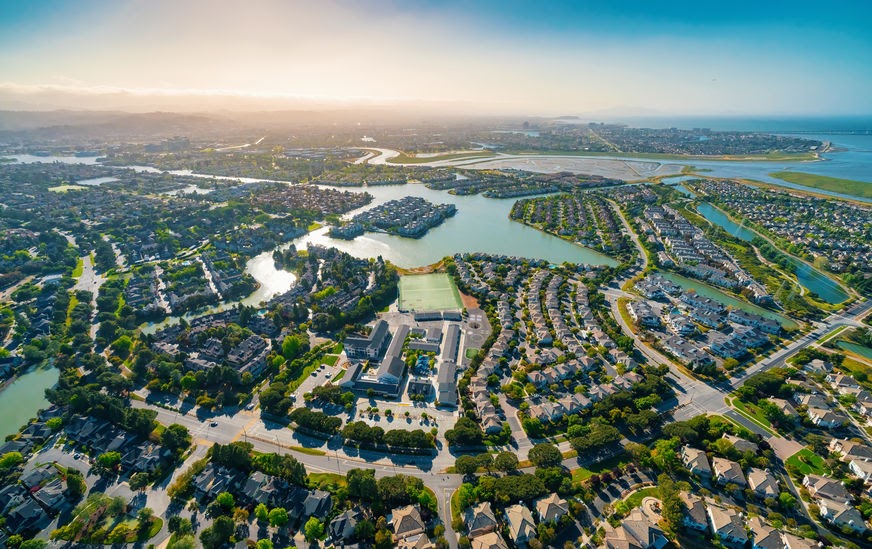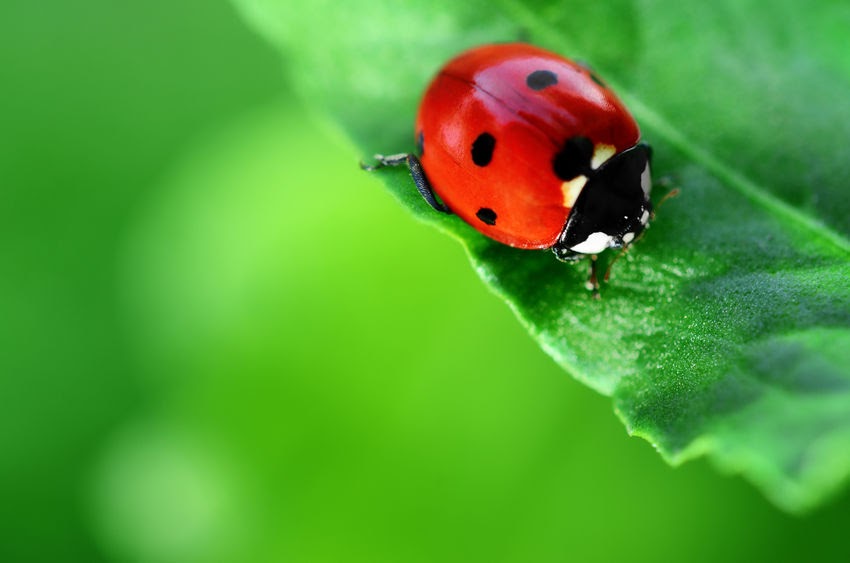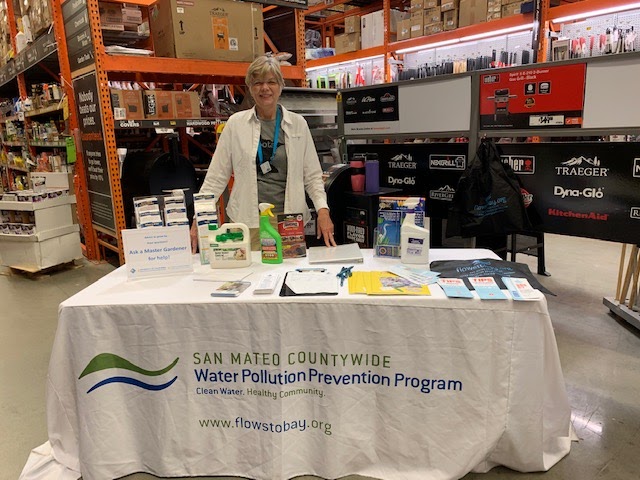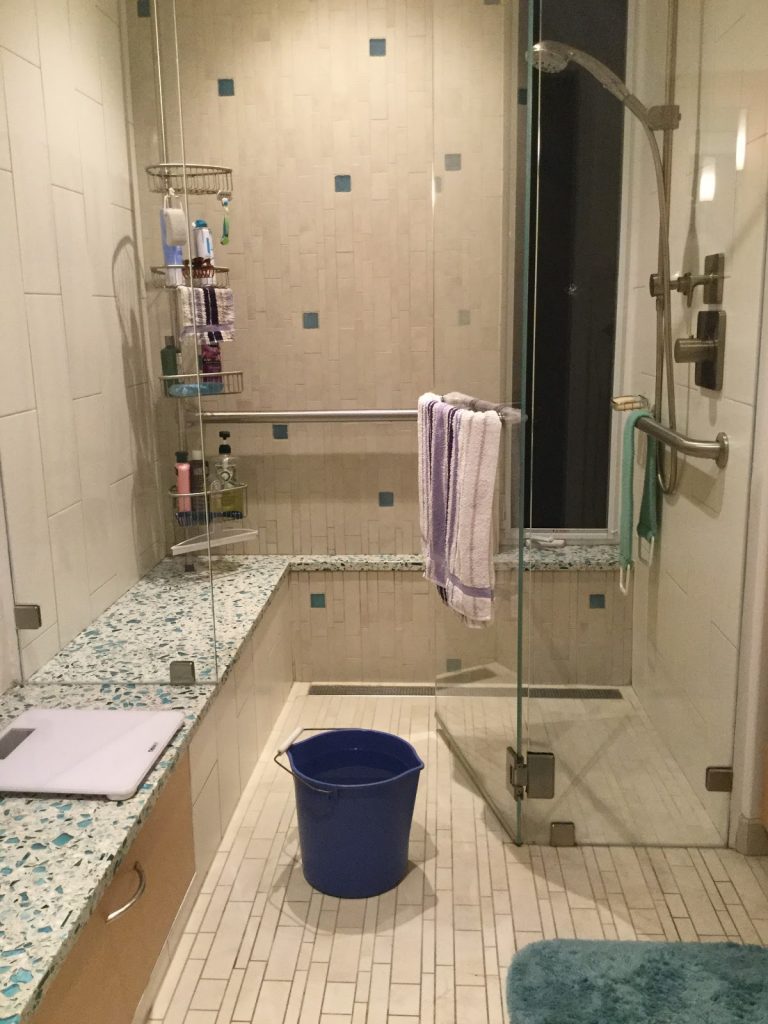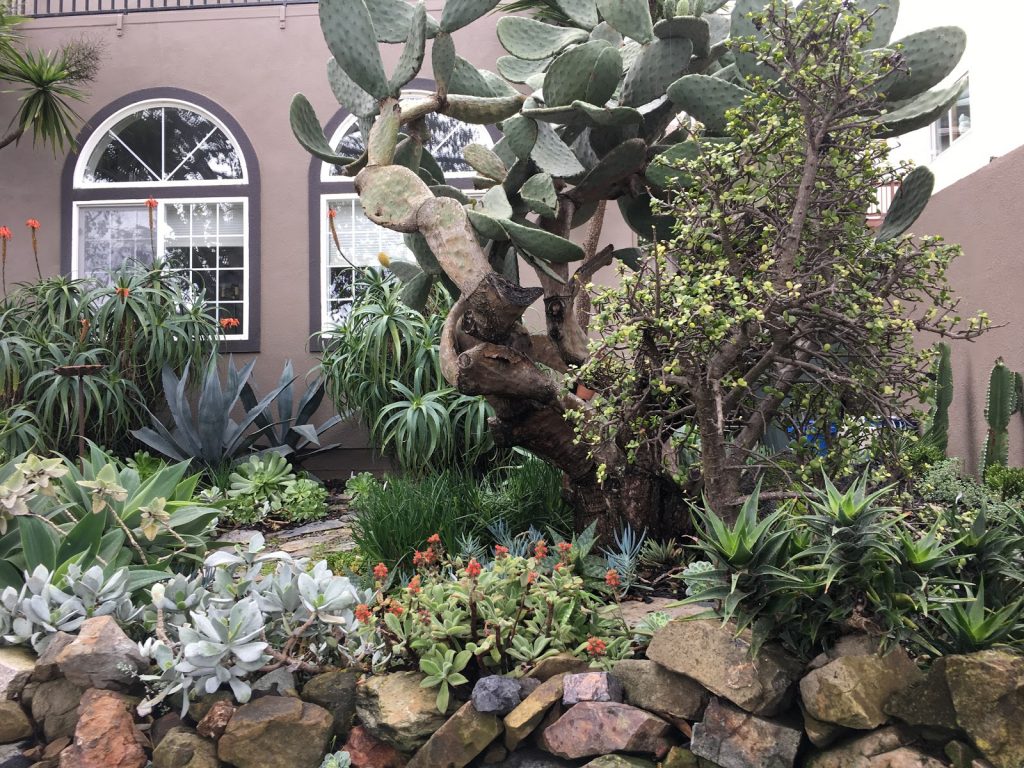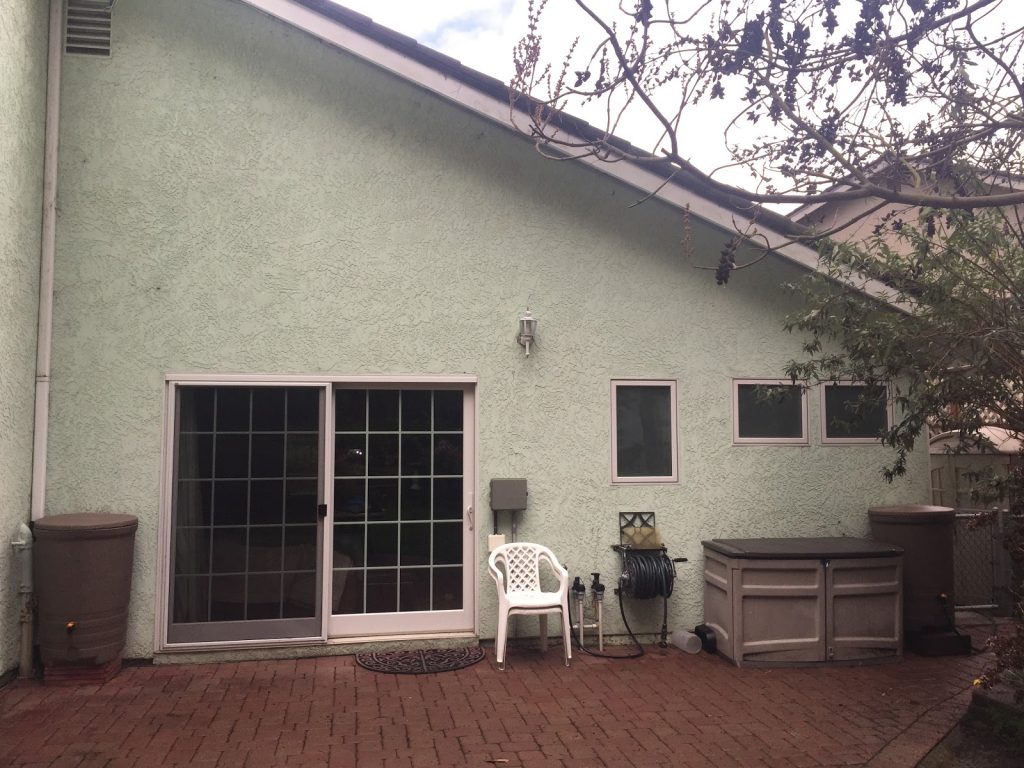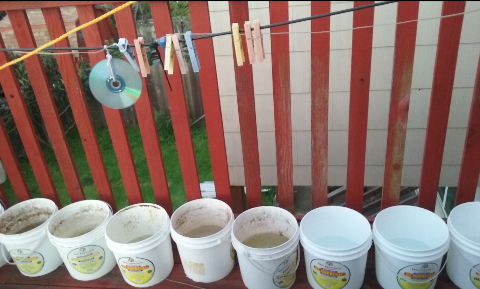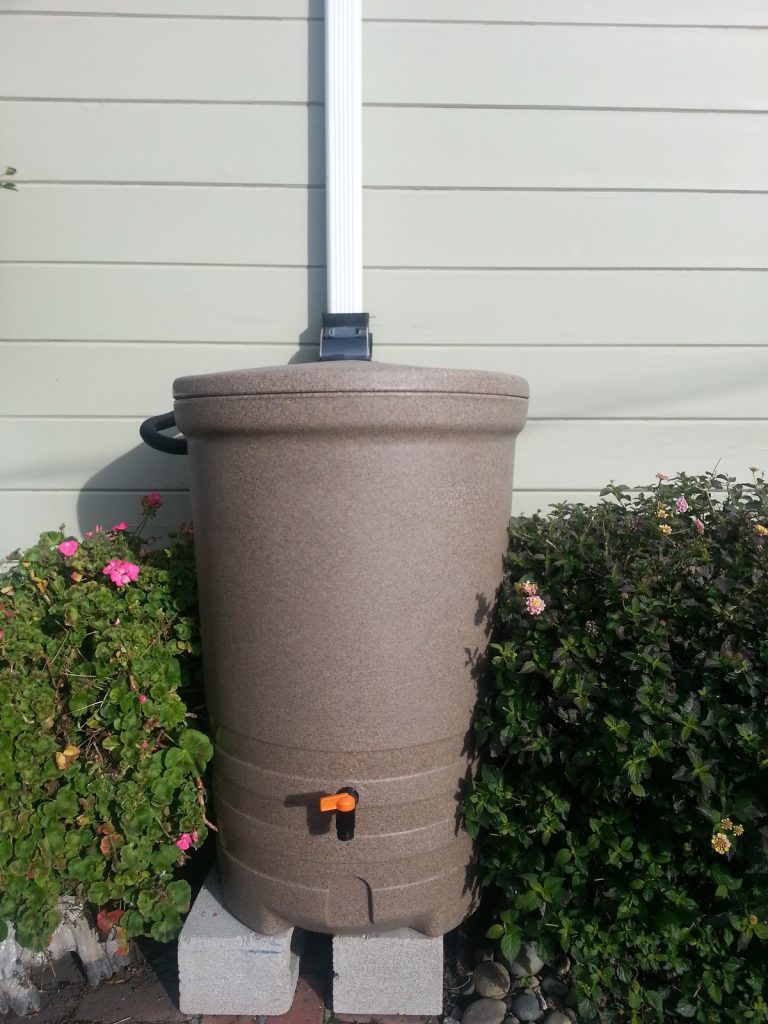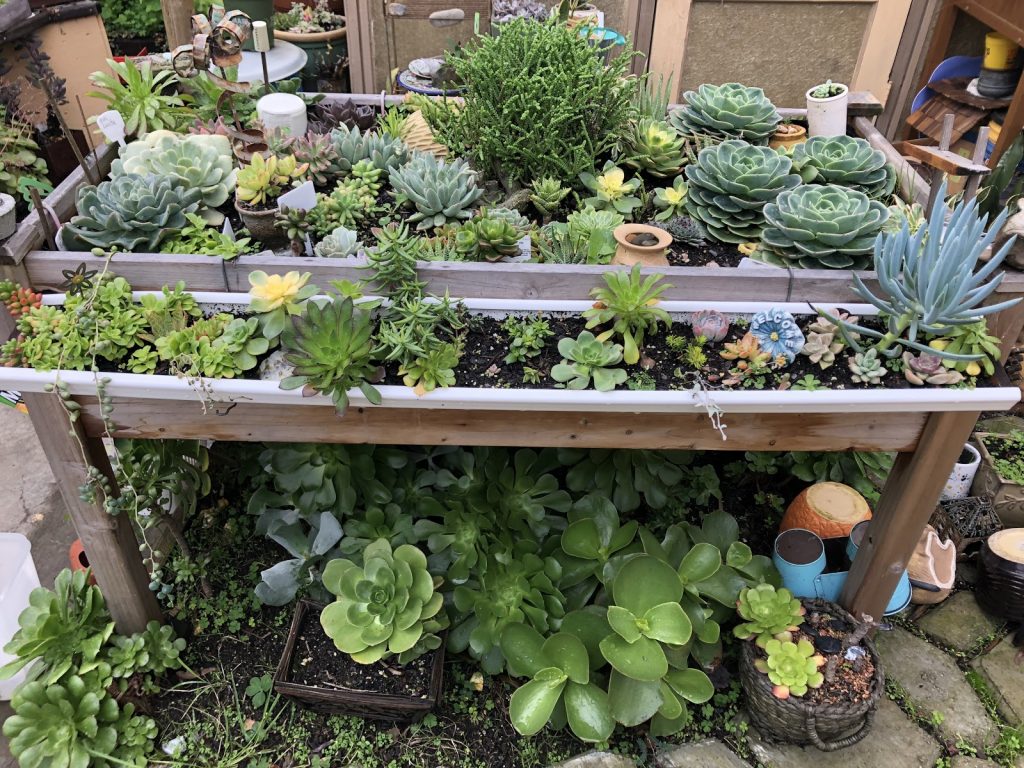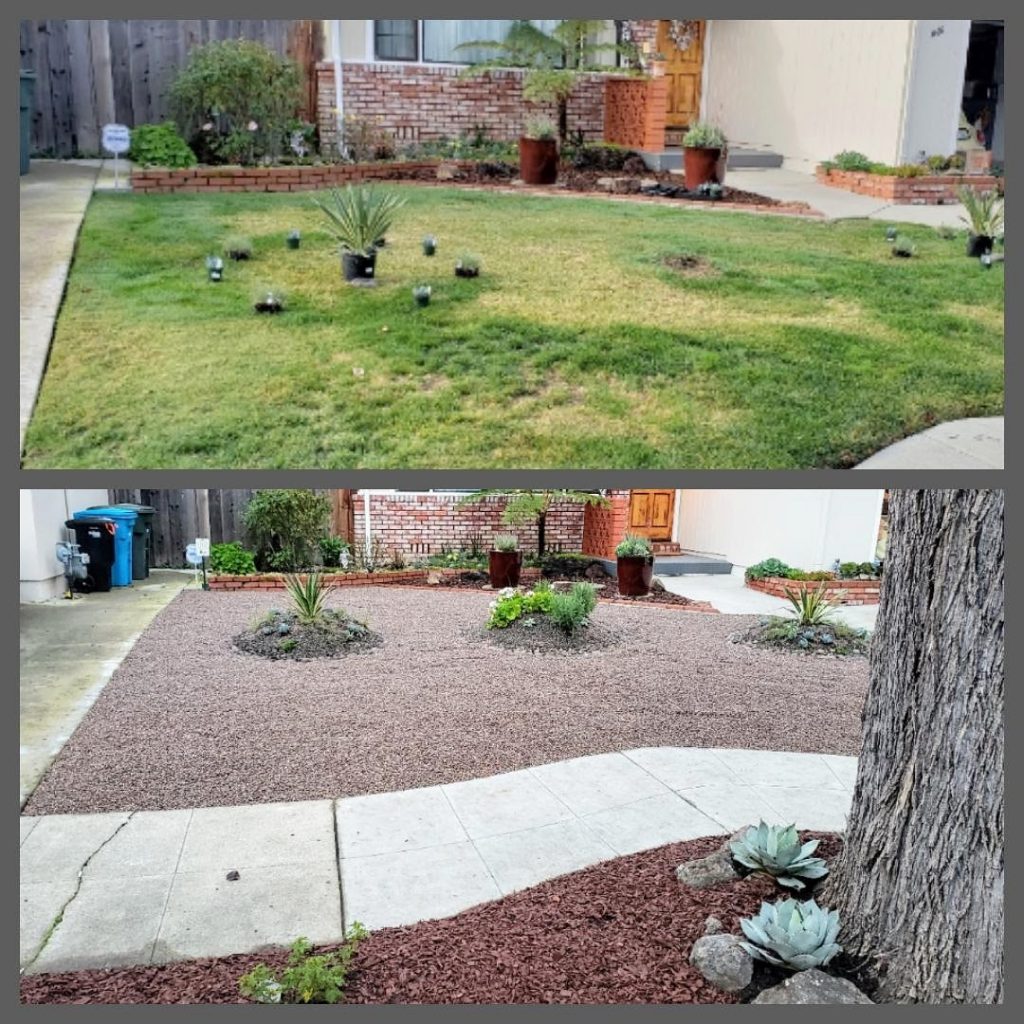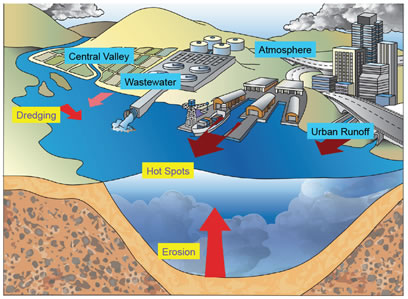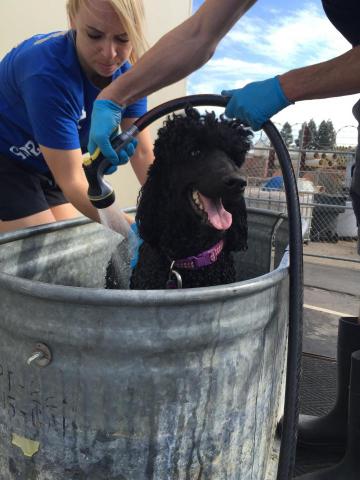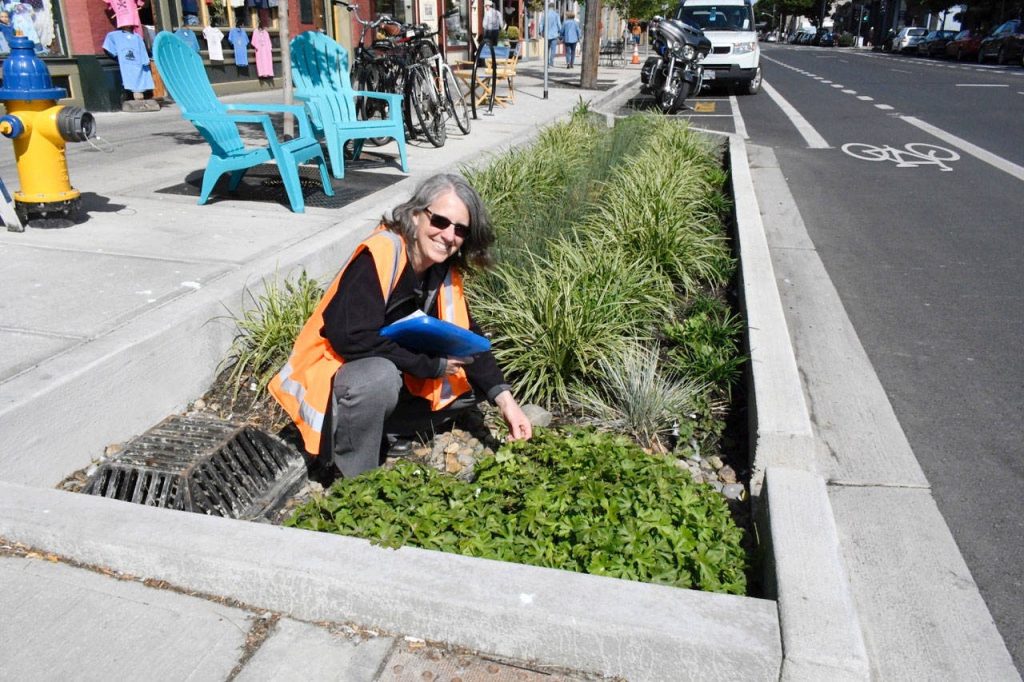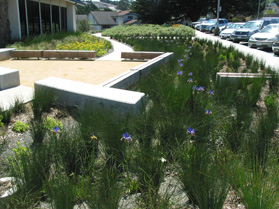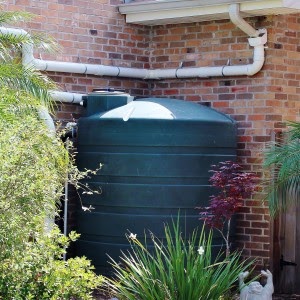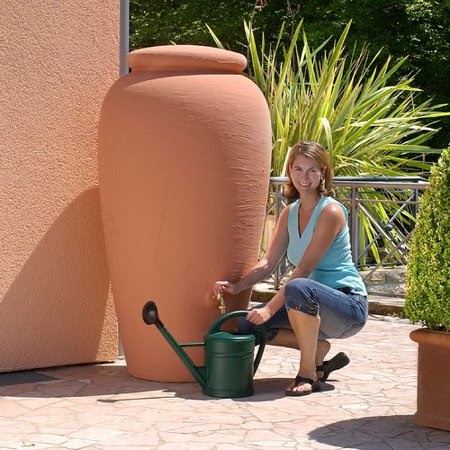UPDATED September 9, 2021
The ongoing drought conditions throughout California have impacted San Mateo County, which is included in the declared State of Emergency. In July, Governor Newsom issued an executive order that requests all Californians to voluntarily reduce their water use by 15% compared to 2020 levels. There are currently no mandatory water use restrictions or drought surcharges in effect.
Water shortages and drought are not new in the western United States. When we experience water shortages, basic aspects of our everyday lives can change dramatically. What are some of the immediate effects when it comes to water management and landscaping, in particular? Extreme drought requires more intensive watering just to keep your garden or other landscaping alive, which of course only worsens the problem. Ponds and creeks can dry up, reducing the natural source of water to surrounding soils. Fire season becomes a major concern for environmental and air quality. The drier and more severe the drought, the more severe the impacts become.
San Mateo County joins many other areas in California experiencing an “Extreme Drought” as indicated on the map below from the United States Drought Monitor. These numbers reflecting our current water levels are concerning scientists and community planners alike. An “Extreme Drought” at this time of the year, however, can foreshadow a more extreme drought later in the summer months. Things can snowball—or rather, tumbleweed—quickly. With this in mind, what can we do to ensure we don’t run out of water this summer?
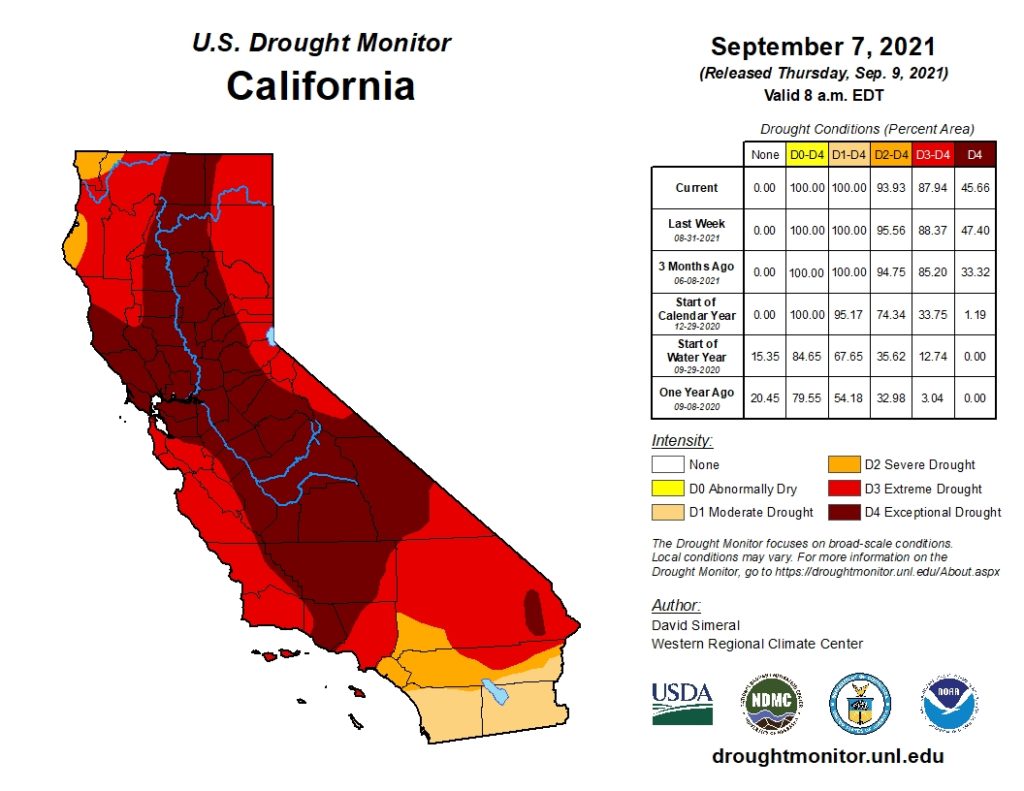
We use water in so many different ways every day, which includes washing dishes, brushing our teeth, cooking, cleaning, and watering our garden. Given the current projections for continued dry weather this year, we thought we’d share a list of some tips and tricks you can implement in and outside your home to start lowering your water usage today.
Outdoor Water Conservation Tips & Tricks
- Rain Capture – Using rain barrels or cisterns is an excellent way to save water and money! Rather than irrigating your lawn or garden with potable water, rain barrels allow you to actually harvest and employ the rain. The larger your rain capture system, the more water you’ll have available to use during drier months! Check out San Mateo County’s rain barrel rebate program to learn how you can receive up to $200 by owning one of your very own.
- Mulching – If you haven’t added mulch to your yard, we recommend doing it now. This action reduces water loss, keeps nutrients in the soil, and—bonus points!—prevents weeds from taking over. Click here for tips on applying mulch.
- Native Plants – Rather than non-native plants that often need more water to thrive, native plants are already accustomed to your local climate and can often tolerate droughts, which are characteristic of many areas in California.
- Irrigation – If you’re still hand-watering or turning on sprinklers, you might want to switch to drip irrigation to reduce your water use. You can even install a smart sprinkler controller, which will adjust how much water and when to water based on weather conditions, the type of soil you have, and the amount of shade your plants receive.
- Lawn Replacement – Your lawn is one of the most water-intensive plant features in your yard and requires year-round maintenance. Consider replacing your grass with drought-tolerant landscaping, you’ll have all the green you want without the hassle. You may also be eligible to receive a rebate for your lawn replacement. Take your lawn replacement project to the next level by adding a rain garden and receiving an additional $300 back on eligible projects!
Indoor Water Conservation Tips & Tricks
- Toilets – Toilet flushing is the largest indoor use of water in single-family homes (followed by faucets, showers, clothes washers, and leaks). Switch to a low-flush toilet and you could reduce your water usage by 40-50%.
- Leaks – On average, 13% of residential water use is from leaks! Make sure to address any leaks in pipes or drips in faucets, and always be sure to turn your tap off and make sure it is tight when you are not using it to prevent dripping. Also, avoid keeping the water running when brushing your teeth or washing dishes. These simple actions could save you real money in the long run.
- Washing Machines – Always try for full loads when washing dishes or clothes to get the most out of your water usage. Relatedly, we recommend selecting the “suds-saver” or other efficiency options on your appliances if equipped.
- Water Warm Up – Use a bucket in the shower to capture cold water as you wait for the temperature to warm up and use it for irrigation or other water needs.
Remember that all of these tips and tricks not only lower your water usage, but they save you money on your water bill. So, always keep your water usage in mind and do what you can for the environment and your community! Also, look for rebates on efficiency gadgets from your water supplier. Do you have any tips and tricks you would like to share with us? Fill out the form below and submit your ideas today!
